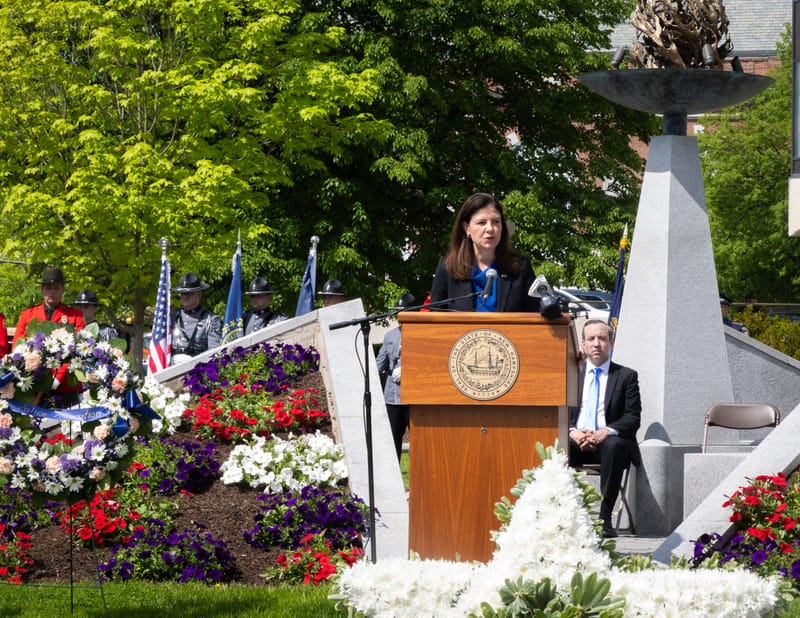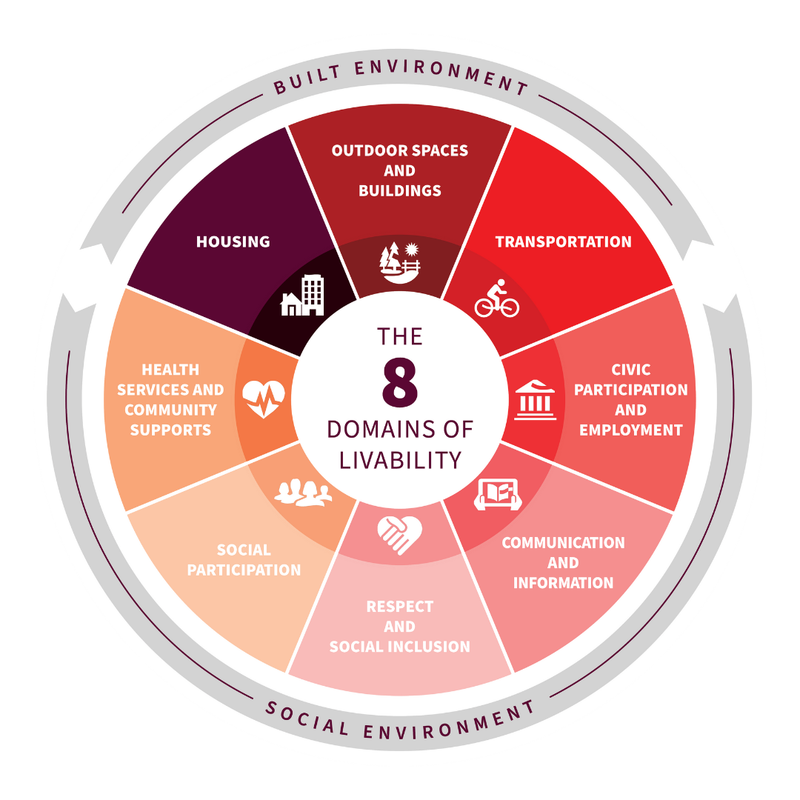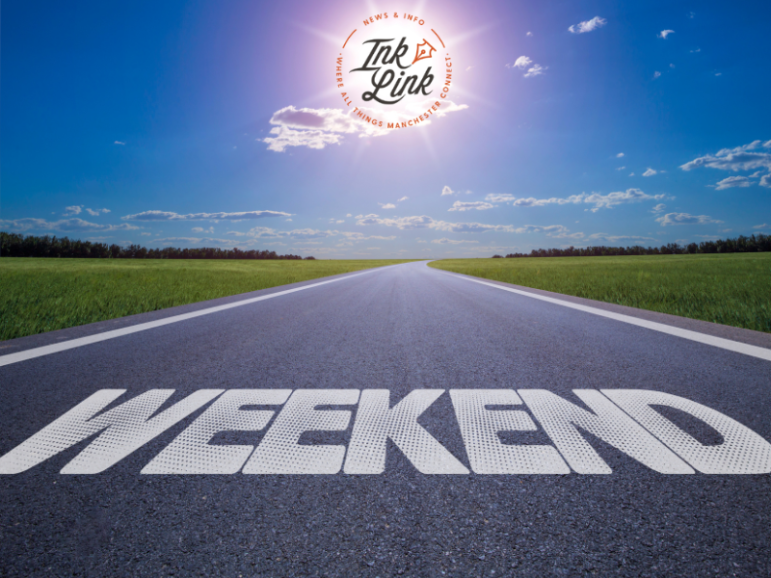Did you attend Woodstock? Part 2
So how much did the groups receive for their efforts during this infamous weekend, which went into Monday with headliner Jimi Hendrix playing to only 30,000 to 40,000 of the estimated 400,000 to 500,000 people who attended?


You may recall reading the last Boomer Life column concerning Woodstock, about how it was put together, the crowds and the mud, and some of the rock groups and singers who declined to play during the three-day festival because of previous engagements (Joni Mitchell), the groups who were unable to make it to the stage due to the nine-mile traffic jam (Iron Butterfly), and those who look back at their decision not to play with regret (“We never played at Woodstock because we were stupid and turned it down”: Ray Manzerek, of The Doors).
Anticipating a crowd of 50,000, nearly 500,000 showed up, leaving promoters with significantly less money than expected to pay the 32 acts, some of whom reportedly demanded twice their usual pay rate up front.
The four Woodstock organizers leveraged the signing of Credence Clearwater Revival to perform to bring many of the other big-name acts.
So how much did the groups receive for their efforts during this infamous weekend, which went into Monday with headliner Jimi Hendrix playing to only 30,000 to 40,000 of the estimated 400,000 to 500,000 people who attended? The disparity in compensation is jaw-dropping. Concert organizers paid top dollar to top artists like Hendrix, Creedence Clearwater Revival, and Jefferson Airplane to draw in the crowd. But unknown-at-the-time — but guitar icon —Carlos Santana was paid 20 times less than Hendrix at $750. His current net worth is estimated at $120 million.
Drum roll! Here are the performers and their paychecks for the 1969 Woodstock festival.
Who is the richest rock star now.
Jimi Hendrix: $18,000
In the two years prior to Woodstock, Jimi Hendrix released three studio albums that each reached the top five best-seller list in the U.S; “Electric Ladyland” peaked at No. 1 on Billboard in late 1968, remaining on the charts for 40 weeks.
Thus, Hendrix was promoted as the festival’s overall headliner, commanding the highest pay of all performers, $18,000, or the equivalent of about $130,000 today.
Additionally, because his contract stipulated that no one could perform after him, and because of the innumerable delays and miscues at Woodstock, Hendrix didn’t appear on stage until the morning of day four of the three-day festival, Monday, August 18, 1969. By that time, the vast majority of people had left; most didn’t even see the Woodstock headliner perform, including his legendary version of “The Star-Spangled Banner.” Side note: His performance at Woodstock represented the only Grammy nomination Jimi Hendrix received while he was alive, and he didn’t win.
Blood, Sweat & Tears: $15,000
Instead of saying, “Huh? Blood, Sweat & Tears?,”you have to recall that in 1969 Blood, Sweat & Tears had a No. 1 album, and the band’s biggest hit, “Spinning Wheel,” was peaking during that summer. That’s why they received the second-highest paycheck at Woodstock, $15,000 — or $105,000 in today’s dollars.
Creedence Clearwater Revival, Joan Baez: $10,000 Each
Folksinger and activist Joan Baez was 28 years old and six months pregnant when she took the stage at 3 a.m. on the first night of Woodstock. She told the New York Times decades later she had been incredibly shy, suffered severe stage fright, and had no idea what songs to perform.
“Not everybody knows me, and my music isn’t rock ’n’ roll,” Baez said, noting she didn’t really fit in at the scene in upstate New York. “I was a political activist, and there were not many of those at Woodstock.” Baez wound up singing the traditional spiritual “Swing Low, Sweet Chariot” and Bob Dylan’s “I Shall Be Released,” among other songs.
Led by singer-songwriter John Fogerty, Creedence Clearwater Revival’s performance included many songs still played today, including “Born on a Bayou,” “Suzie Q,” “Bad Moon Rising,” and “Proud Mary.” Although the group went through a nasty breakup in the early ’70s, their full performance was finally released as an album, “Live at Woodstock” in 2019.

Jefferson Airplane, The Band, Janis Joplin: $7,500 Each
The next tier of Woodstock performers included some of the top music stars of the late 1960s, receiving $7,500 apiece (equivalent to about $52,000 today). It was in 1967 that Janis Joplin performed what many considered her breakthrough performance at the Monterey Pop Festival. At Woodstock, two years later, she played favorites like “Piece of My Heart” and “Ball and Chain.” Drug overdoses took both Joplin and Hendrix a little over a year after Woodstock.
The Band, actual locals who lived in the area, were best known for their song “The Weight” and for playing regularly as Bob Dylan’s band. “After three days of people being hammered by weather and music, it was hard to get a take on the mood,” The Band’s Robbie Robertson wrote in Rolling Stone 20 years later. “We played a slow, haunting set of mountain music. We lived up there, near Woodstock, and it seemed kind of appropriate from our point of view.”
Richie Havens, Sly & the Family Stone, Canned Heat, The Who: $6,000 – $7,000 Each
The band Sweetwater was booked to be the opening act at Woodstock, but they were stuck in traffic when the festival was scheduled to start. Richie Havens and his band had driven up to the festival site from New York City early, and after hopping on a short helicopter ride to land near the stage, they wound up opening Woodstock on Friday evening hours early, playing for nearly three hours. He played his entire catalogue and included several Beatles songs. “Freedom,” one of his most iconic songs, was, according to reports, ad-libbed by Havens as he made it up as he went to complete his improvised set.
Arlo Guthrie, Crosby, Stills, Nash & Young: $5,000 Each
Woodstock marked the second time Crosby, Stills, Nash & Young played live as a four-member band, with Young having recently been asked to join the trio. Crosby, Stills, and Nash had recently released their first album in the spring of 1969. Most of the band’s acoustic set featured just Crosby, Stills & Nash, who opened with their classic “Suite: Judy Blue Eyes.” The famously tetchy Neil Young refused to be filmed.
The son of folk music icon Woody Guthrie, Arlo Guthrie, was only 19 years old when he played at Woodstock. As he expected to perform on the festival’s second day, Guthrie recalled he consumed plenty of champagne backstage that first night — because there was no food and nothing else to drink. But Woodstock organizers suddenly asked him to play on the first night, as Richie Havens had been on stage playing for hours. “There’s nobody else and you’ve got to play now,” they told him.
Guthrie played an unexceptional short set that didn’t include his best-known song, the 18-minute-long antiestablishment 1967 epic “Alice’s Restaurant”.
Arlo Guthrie and the group Crosby, Stills, Nash & Young were both paid $5,000 for playing at Woodstock, about $35,000 today. Neil Young, with decades of success as a solo artist and leader of other bands outside CSNY, is now the richest in this group, with a net worth currently estimated at $200 million. (The net worth of Guthrie, Crosby, Nash, and Young in 2022 was estimated at $10 million, $10 million, $30 million, and $50 million, respectively.)

The Grateful Dead: $2,500
When you think “Woodstock,” it wouldn’t be surprising to think “Grateful Dead.” Perhaps no band is more closely associated with the hippie movement and the kind of crowd drawn to Woodstock than the Grateful Dead. Members of the band admit that the Grateful Dead’s set at Woodstock, played while the rain poured down and consisting of only five songs, was a disaster.
“The stage was wet, and the electricity was coming through me. I was conducting (electricity)! Touching my guitar and the microphone was nearly fatal,” Grateful Dead’s Bob Weir told Rolling Stone in 2019. “It was probably the worst set we’ve ever performed. And to have performed it in front of a crowd that size was not an altogether fulfilling event.”
Remuneration for other Woodstock performers:
- Ravi Shankar: $4,500
- Johnny Winter: $3,750
- Ten Years After: $3,250
- Country Joe and the Fish: $2,500
- Incredible String Band: $2,250
- Mountain: $2,000
- Tim Hardin: $2,000
- Joe Cocker: $1,375
- Sweetwater: $1,250
- John Sebastian: $1,000
- Melanie: $750
- Santana: $750
- Sha Na Na: $700
- Keef Hartley: $500
- Quill: $375
Thank you for joining me on this journey back to Woodstock. Whether you attended yourself, recall the event as it happened, or weren’t even born, its history is something you can’t forget.





